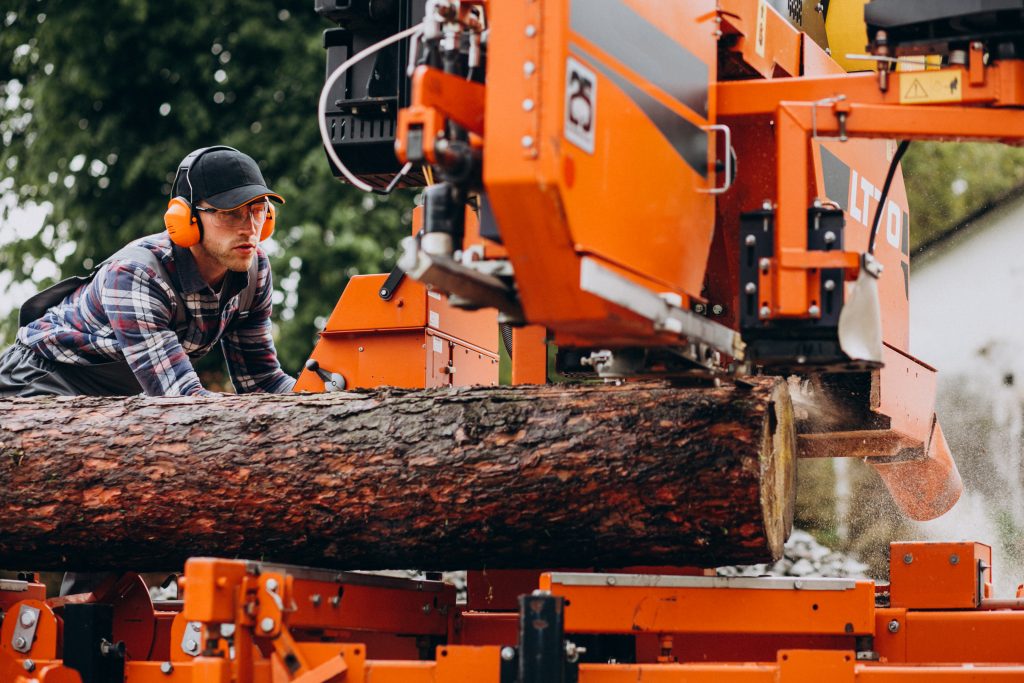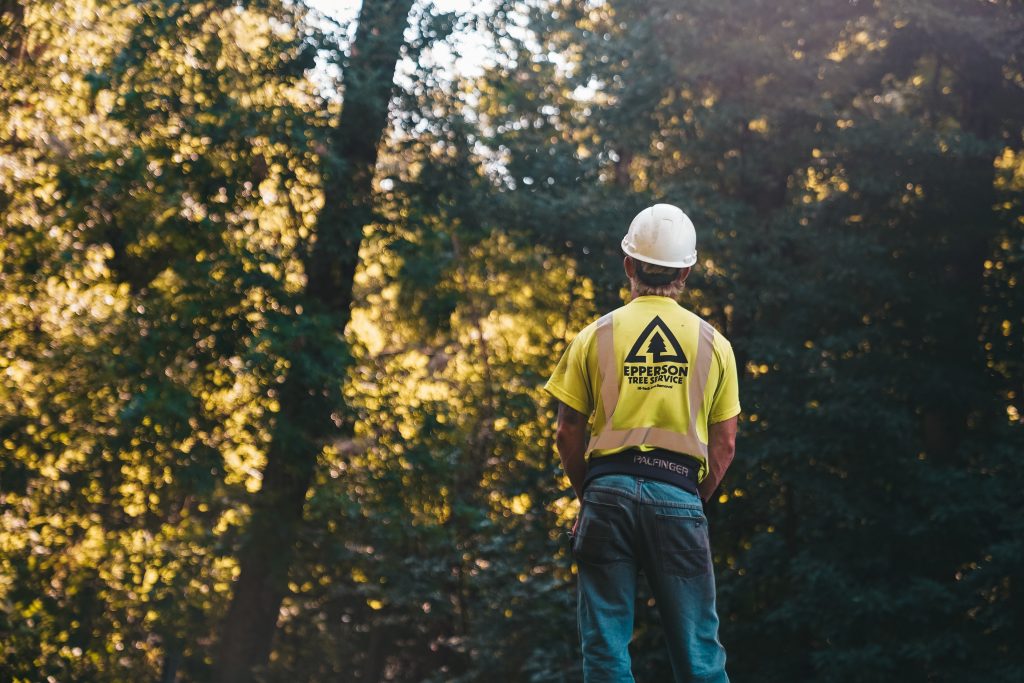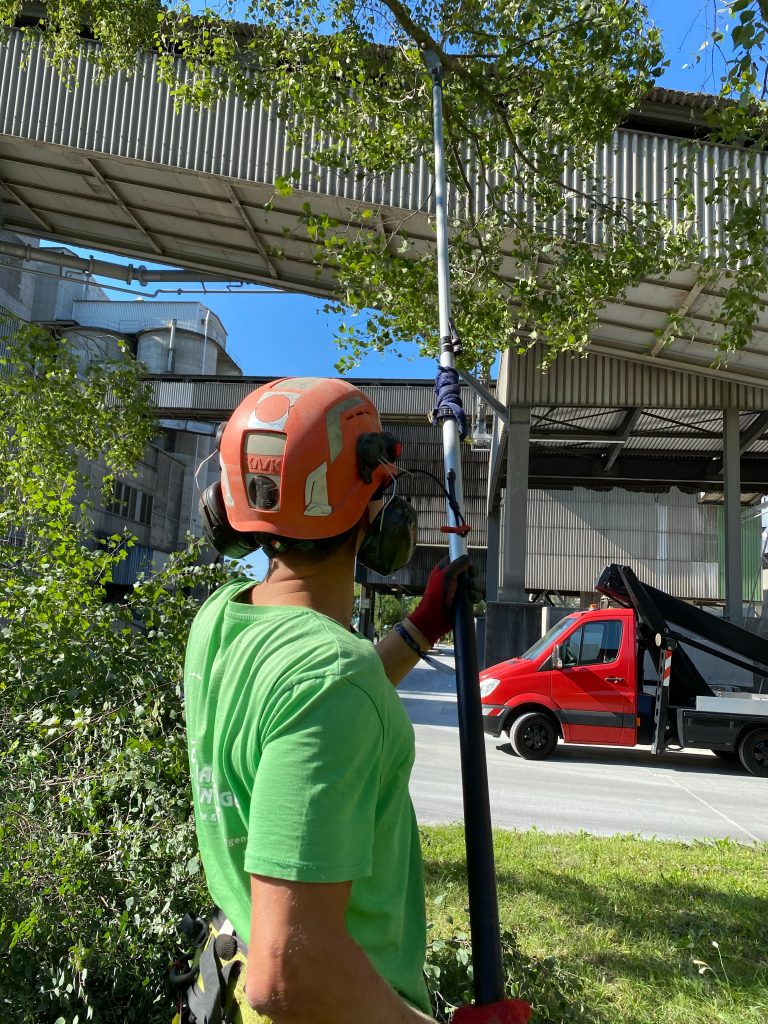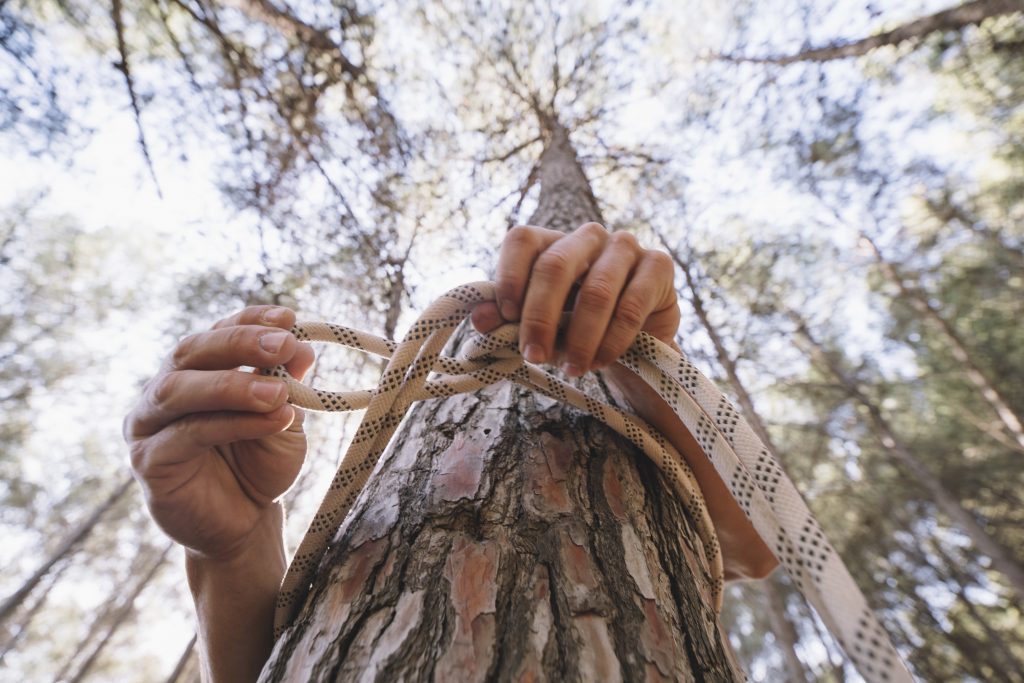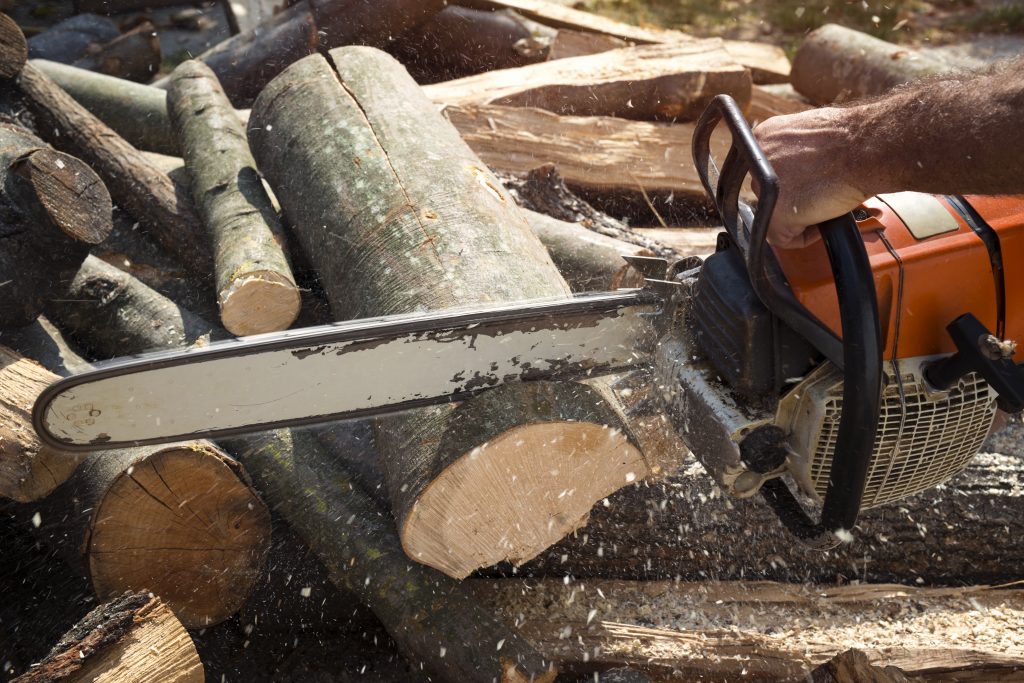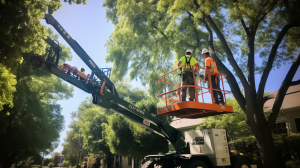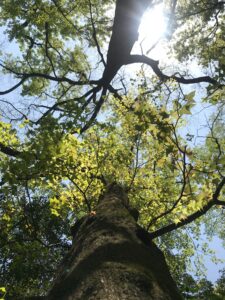THE DANGERS OF NOT REMOVING DEAD OR DISEASED TREES
THE DANGERS OF NOT REMOVING DEAD OR DISEASED TREES
The importance of tree health and safety cannot be overstated, as trees play a vital role in our environment, aesthetics, and overall well-being. Ensuring that trees are healthy and safe benefits not only individuals and property owners but also the broader community and ecosystems. Here’s a breakdown of the significance of tree health and safety:
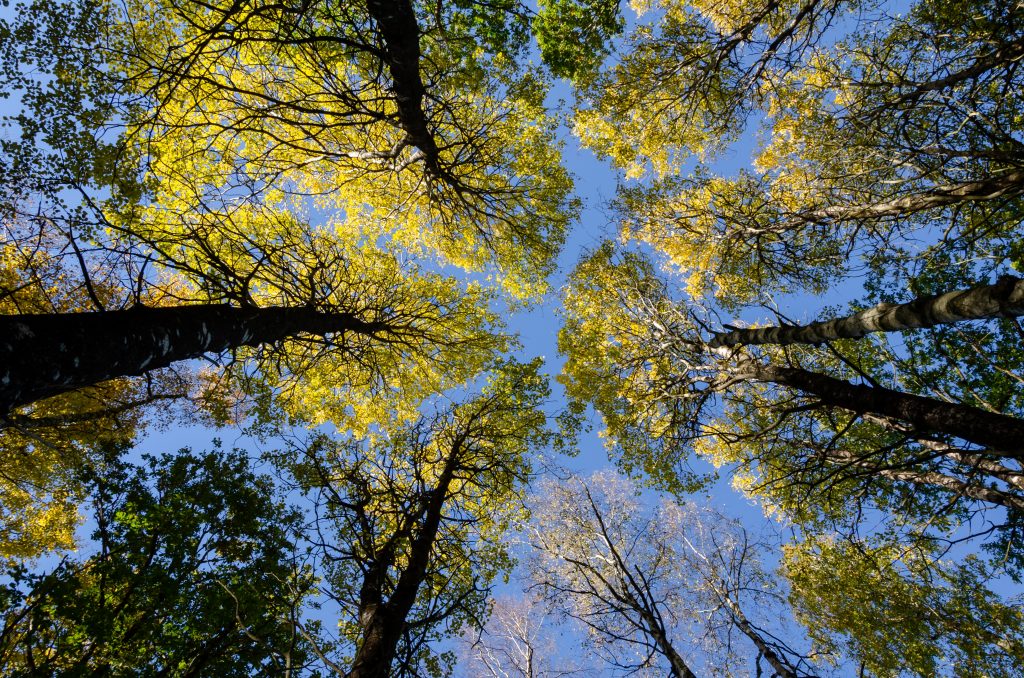
- Property Protection: Healthy trees are less likely to shed branches or fall during storms, reducing the risk of property damage to buildings, vehicles, and other structures.
- Personal Safety: Maintaining safe trees prevents the danger of falling branches or entire trees, which can cause injuries to people, pets, or wildlife.
- Community Safety: Trees that are well-maintained contribute to safer neighborhoods by reducing the likelihood of accidents or damage caused by falling branches or trees.
- Environmental Balance: Trees contribute to the overall health of ecosystems by providing habitats for wildlife, improving air quality, and stabilizing soil to prevent erosion.
- Aesthetic Value: Healthy trees enhance the beauty of landscapes, neighborhoods, and urban environments. They contribute to the visual appeal and character of outdoor spaces.
- Shade and Comfort: Trees provide shade, cooling outdoor areas during hot weather. Well-placed trees create comfortable spaces for relaxation, recreation, and social gatherings.
- Air Quality: Trees absorb carbon dioxide and release oxygen through photosynthesis, playing a critical role in improving air quality and mitigating the effects of climate change.
- Biodiversity: Healthy trees support diverse ecosystems, providing habitats and resources for various species of plants, insects, birds, and other wildlife.
- Property Value: Landscapes with healthy and well-maintained trees often have higher property values, attracting potential buyers or tenants and enhancing curb appeal.
- Natural Beauty: Trees contribute to the beauty and aesthetics of natural and urban environments. Their changing foliage and seasonal cycles provide visual interest year-round.
- Storm Resilience: Healthy trees are more resilient to weather extremes, such as strong winds and heavy rains, which can help minimize damage during storms.
- Carbon Sequestration: Healthy trees store carbon dioxide, mitigating the impacts of greenhouse gas emissions and helping combat climate change.
- Community Bonding: Trees provide spaces for communal activities, social interaction, and gatherings, fostering a sense of community and well-being.
- Educational Opportunities: Healthy trees offer opportunities for education about ecology, biology, and the environment. They can inspire interest and curiosity in both children and adults.
- Preservation of Heritage: Old and healthy trees hold cultural and historical value, connecting us to the past and preserving natural heritage for future generations.
- Economic Benefits: Proactive tree care and safety measures reduce the likelihood of expensive emergency tree removal or property damage, leading to potential cost savings.
- Longevity and Legacy: Taking care of trees today ensures that they can be enjoyed for generations to come, leaving a positive legacy for the environment and future generations.
Overall, prioritizing tree health and safety is essential for creating safe, vibrant, and sustainable communities. Proper tree care, including regular inspections, pruning, and removal of dead or diseased trees, ensures that these natural assets continue to provide benefits while minimizing risks.
Risks Posed by Dead or Diseased Trees
Dead or diseased trees pose significant risks to both people and property. Neglecting to address these risks can lead to serious consequences, including injuries, property damage, and the spread of diseases. It’s crucial to recognize and mitigate these risks to ensure the safety of individuals and the environment. Here are the primary risks posed by dead or diseased trees:
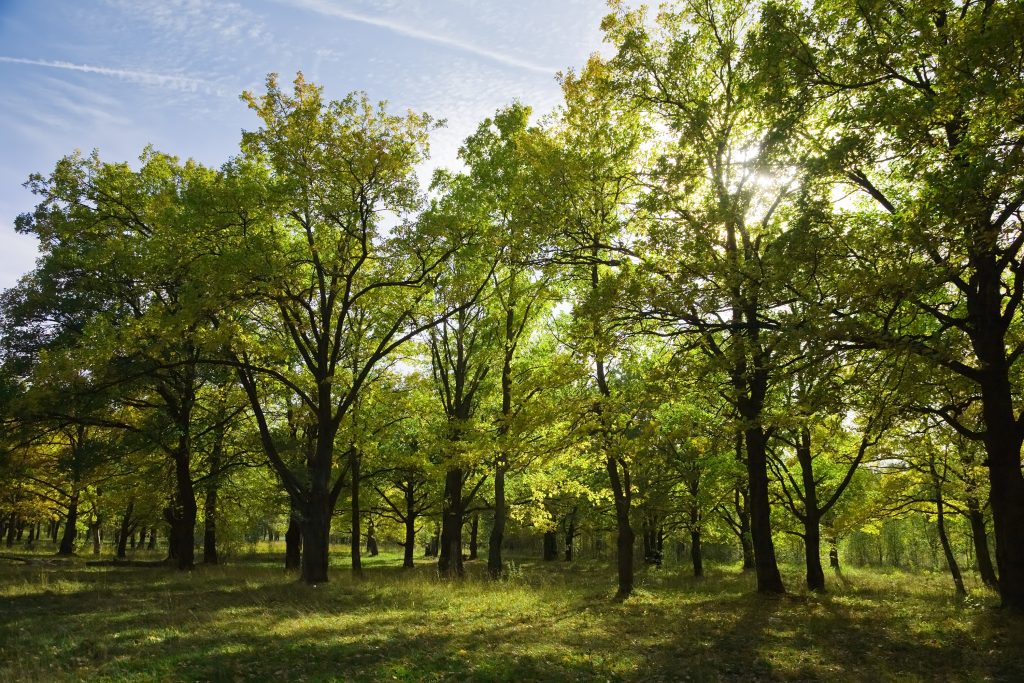
- Falling Branches and Limbs:
- Dead or weakened branches are prone to falling, especially during wind or storms.
- Falling branches can cause injuries to people, pets, or wildlife, and damage property, vehicles, and structures.
- Risk of Entire Tree Failure:
- Dead or diseased trees may lack structural integrity and stability.
- Entire tree failure, where the entire tree topples over, can occur unexpectedly and result in extensive damage and potential harm.
- Damage to Buildings and Infrastructure:
- Falling trees or branches can cause significant damage to homes, buildings, fences, power lines, and other infrastructure.
- Repairing such damage can be costly and disruptive.
- Spread of Disease and Pests:
- Diseased trees can serve as reservoirs for pathogens and pests that can spread to nearby trees, leading to a broader infestation.
- Neglecting to address diseased trees can contribute to the decline of the entire tree population in an area.
- Attracting Insects and Pests:
- Dead or decaying wood attracts insects, including wood-boring beetles and termites, which can eventually infest nearby structures and vegetation.
- Weakened Tree Structures:
- Dead trees may have weakened or rotted roots, compromising their stability.
- Trees weakened by disease or decay are more susceptible to wind and storm damage.
- Increased Fire Risk:
- Dead trees and dry vegetation can serve as fuel for wildfires, especially in regions prone to fire.
- These trees can accelerate the spread of fires and contribute to the intensity of flames.
- Legal and Liability Issues:
- Property owners are generally responsible for maintaining safe premises. Neglecting to address dead or diseased trees can result in legal liability for injuries or damages caused by falling branches or trees.
- Impact on Aesthetics and Property Value:
- Unsightly dead or diseased trees diminish the visual appeal of landscapes and can lower property values.
- Neglected trees can detract from the overall aesthetics of a property and neighborhood.
- Environmental Considerations:
- Dead trees may negatively impact local ecosystems by providing habitats for pests and diseases that can spread to healthy trees.
- Ecological balance can be disrupted as a result of dead trees attracting and supporting unwanted organisms.
Addressing these risks requires proactive tree care, including regular tree inspections, disease management, and removal of dead or diseased trees when necessary. Consulting certified arborists or tree care professionals is essential to make informed decisions about tree management and ensure the safety of individuals, property, and the environment.
Hazards to People and Property
Dead or diseased trees can pose significant hazards to both people and property, presenting potential dangers that need to be addressed promptly. These hazards can result in injuries, property damage, and even loss of life. Understanding the hazards associated with dead or diseased trees is essential for taking appropriate measures to mitigate these risks. Here’s a closer look at the hazards to people and property posed by such trees:
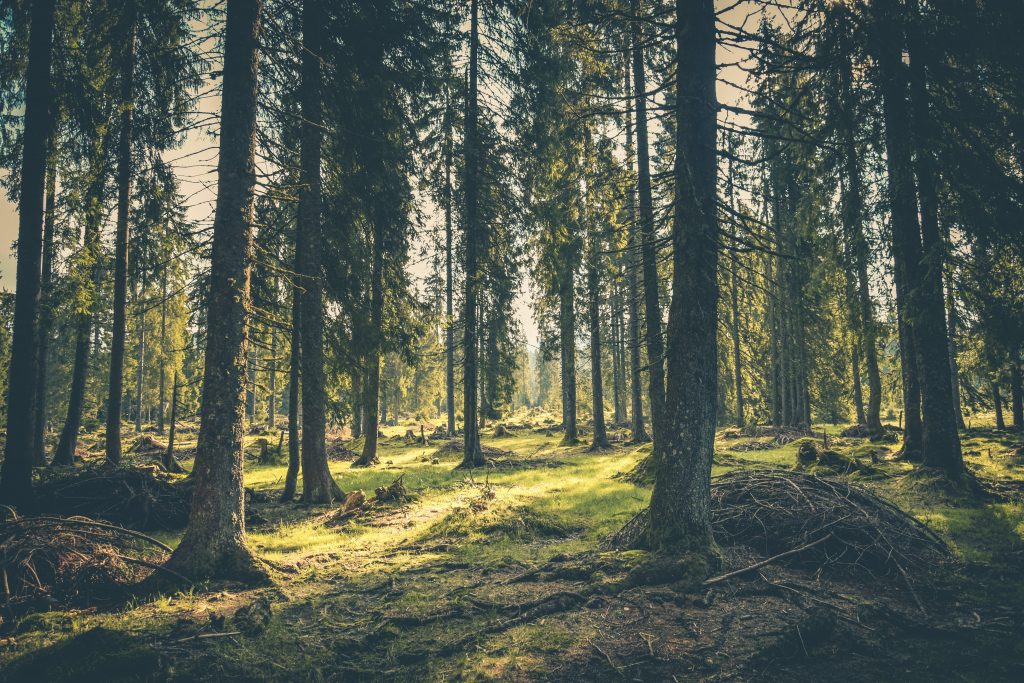
- Falling Branches and Limbs:
- Dead or weakened branches are prone to breaking and falling, particularly during windy or stormy conditions.
- Falling branches and limbs can cause serious injuries to individuals who are beneath or near the tree at the time.
- Tree Failure:
- Entire tree failure occurs when the main trunk or stem of a dead or weakened tree snaps or uproots, leading to the tree falling over.
- Tree failure can result in significant property damage, injury, and even loss of life if the tree falls onto buildings, vehicles, or people.
- Structural Damage:
- Falling trees or branches can cause extensive damage to structures such as homes, garages, sheds, and fences.
- The weight and impact of a falling tree can result in structural collapse and the need for costly repairs.
- Vehicles and Infrastructure:
- Dead or diseased trees near roads and driveways can pose risks to passing vehicles and pedestrians.
- Falling trees or branches can damage vehicles, obstruct roadways, and disrupt utility lines.
- Children and Play Areas:
- Dead trees in recreational areas or playgrounds can pose dangers to children who may climb on them or play near them.
- Falling branches or trees can cause injuries to children who are unaware of the potential hazards.
- Public Spaces:
- Dead or unstable trees in parks, sidewalks, and public spaces can pose risks to pedestrians, cyclists, and anyone using these areas.
- Overhanging Structures:
- Dead trees with overhanging branches can threaten neighboring properties, causing damage to roofs, windows, and other structures.
- Legal and Liability Issues:
- Property owners have a responsibility to ensure the safety of their premises. Neglecting to address hazardous trees can result in legal liability for any injuries or damages that occur.
- Emergency Situations:
- During storms or severe weather events, the risk of falling branches or tree failure increases, posing an immediate danger to people and property.
- Visual Impairment:
- Dead or overgrown trees can obstruct visibility for drivers, pedestrians, and cyclists, increasing the risk of accidents.
Mitigating these hazards involves regular tree inspections, prompt removal of dead or diseased trees, and appropriate tree maintenance practices. Engaging certified arborists or tree care professionals can help property owners assess and manage the risks associated with trees on their property, ensuring the safety of both individuals and property.
About Murray, Utah
Murray is a city situated on the Wasatch Front in the core of Salt Lake Valley in the U.S. state of Utah. Named for territorial governor Eli Murray, it is the state's fourteenth largest city. According to the 2020 census, Murray had a population of 50,637. Murray shares borders with Taylorsville, Holladay, South Salt Lake and West Jordan, Utah. Once teeming with heavy industry, Murray's industrial sector now has little trace and has been replaced by major mercantile sectors. Known for its central location in Salt Lake County, Murray has been called the Hub of Salt Lake County. Unlike most of its neighboring communities, Murray operates its own police, fire, power, water, library, and parks and recreation departments and has its own school district. While maintaining many of its own services, Murray has one of the lowest city tax rates in the state.
Neighborhoods in Murray, Utah
Murray Oakes, Grant Park, Southwood Park, Murray Park, Murray Park Restrooms, Willow Pond Park, Neighborhood Veterinary Care
Things To Do in Murray, Utah
Bus Stops in Murray, Utah to Truco Services, Inc.
Bus Stop in Murray Central Station (Bay C) Murray, Utah to Truco Services, Inc.
Bus Stop in State St @ 4801 S Murray, Utah to Truco Services, Inc.
Bus Stop in Murray North Station Murray, Utah to Truco Services, Inc.
Bus Stop in State St @ 4949 S Murray, Utah to Truco Services, Inc.
Bus Stop in Murray Central Frontrunner/Trax Station Murray, Utah to Truco Services, Inc.
Bus Stop in Murray Blvd / Vine St (SB) Murray, Utah to Truco Services, Inc.
Bus Stop in State St @ 3925 S Murray, Utah to Truco Services, Inc.
Bus Stop in State St @ 4824 S Murray, Utah to Truco Services, Inc.
Bus Stop in State St @ 5223 S Murray, Utah to Truco Services, Inc.
Bus Stop in Murray Blvd / Allendale Dr (NB) Murray, Utah to Truco Services, Inc.
Bus Stop in Murray Blvd @ 5039 S Murray, Utah to Truco Services, Inc.
Bus Stop in State St @ 4721 S Murray, Utah to Truco Services, Inc.
Driving Directions in Murray, Utah to Truco Services, Inc.
Driving Directions from Woodruff Tree Trimming and Removal to 4640 Commerce Dr, Murray, UT 84107, USA
Driving Directions from Reliable Tree Care to 4640 Commerce Dr, Murray, UT 84107, USA
Driving Directions from Tree Pro-Tech to 4640 Commerce Dr, Murray, UT 84107, USA
Driving Directions from Prestige Tree And Landscape to 4640 Commerce Dr, Murray, UT 84107, USA
Driving Directions from Excellence Tree & Landscape to 4640 Commerce Dr, Murray, UT 84107, USA
Driving Directions from Amen Trees to 4640 Commerce Dr, Murray, UT 84107, USA
Driving Directions from Tim's Tree Care to 4640 Commerce Dr, Murray, UT 84107, USA
Driving Directions from Jordan Tree Service - Murray to 4640 Commerce Dr, Murray, UT 84107, USA
Driving Directions from Arbor Works to 4640 Commerce Dr, Murray, UT 84107, USA
Driving Directions from Diamond Tree Experts to 4640 Commerce Dr, Murray, UT 84107, USA
Driving Directions from Green Tree Arborist to 4640 Commerce Dr, Murray, UT 84107, USA
Driving Directions from TruCo Services to 4640 Commerce Dr, Murray, UT 84107, USA
Reviews for Truco Services, Inc. Murray, Utah
Emily Abercrombie
We had a great experience with TruCo! They were well priced, responsive and prompt. Michael was a pleasure to work with and gave us advice on which plants to put in where we took out our ugly old shrubs. I would highly recommend this company!!!
Michelle Turpin
TruCo Services gets 5 stars from us for customer service. We experienced a few issues with their services this last year and Rob Eccles in senior management, stepped in and immediately handled our issues. He was very committed to making sure they understood our expectations and would execute to make us happy.
Siobhan Billingsley
I work for a property management company and have the pleasure of working with Rob at a community in Sandy. He has been incredible to work with and always responds in a timely manner. He knows all the homeowners by name and address and is aware of all the "problem" areas when it comes to sprinklers. I never have to worry about following up with him because he always reaches out to provide me with an update. If you're looking to work with someone who takes pride in their job, is professional, and can solve the worst landscaping problems thrown your way, Rob is your guy. Thank you, Rob for all you do!
Jaime S.
We have used Truco at 2 of the complexes we manage, they have been great to work with. Good quality service, outstanding customer service with good communication. That's hard to find these days. I highly recommend them. Travis has been awesome to work with.
Jerusha Smart
We use TruCo for a majority of our properties and our home. While other landscaping companies we use come and go for various reasons like cost, communication issues, work performance, etc., TruCo is always consistent in price and work. Also, Rob is the best.
